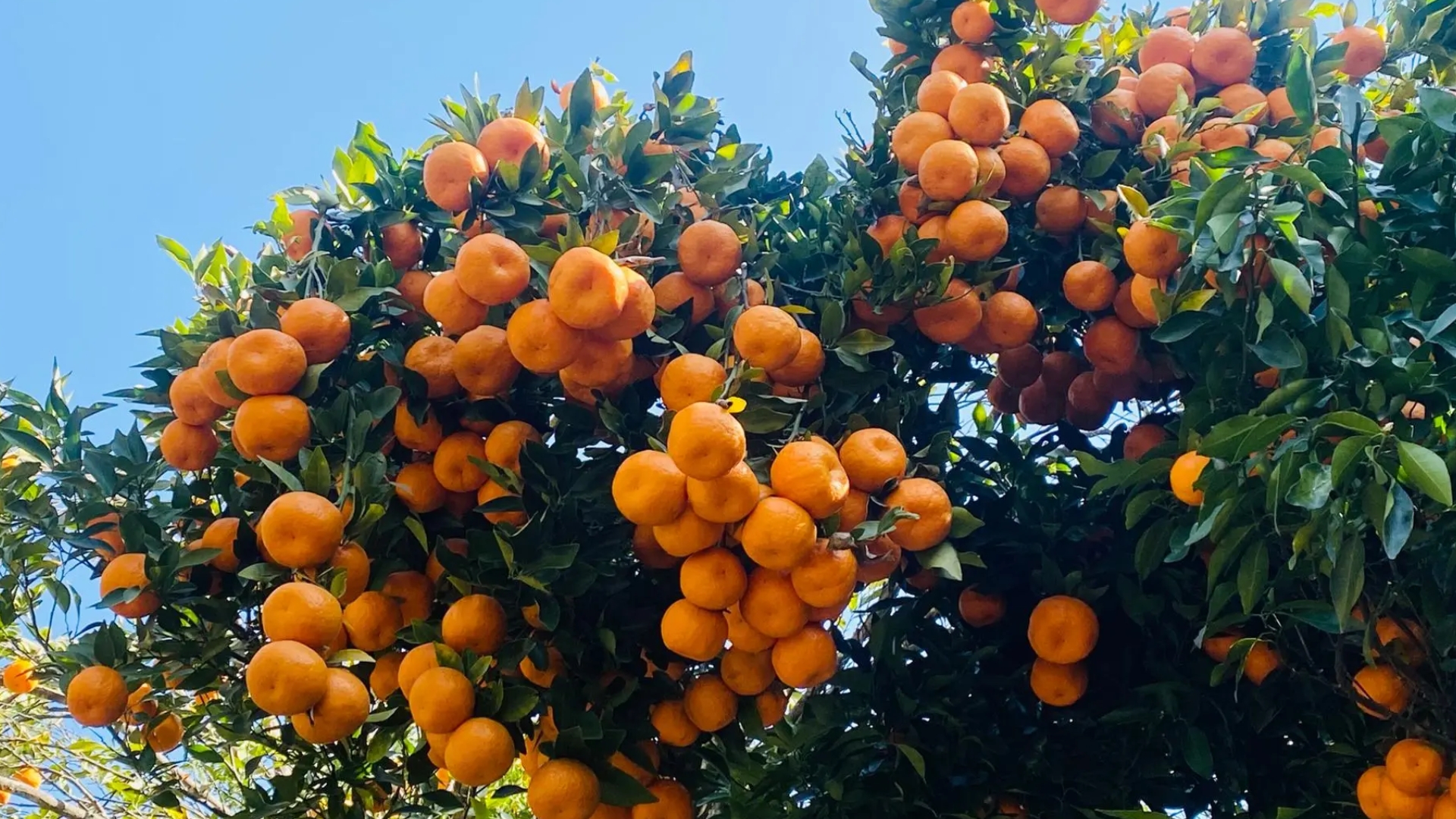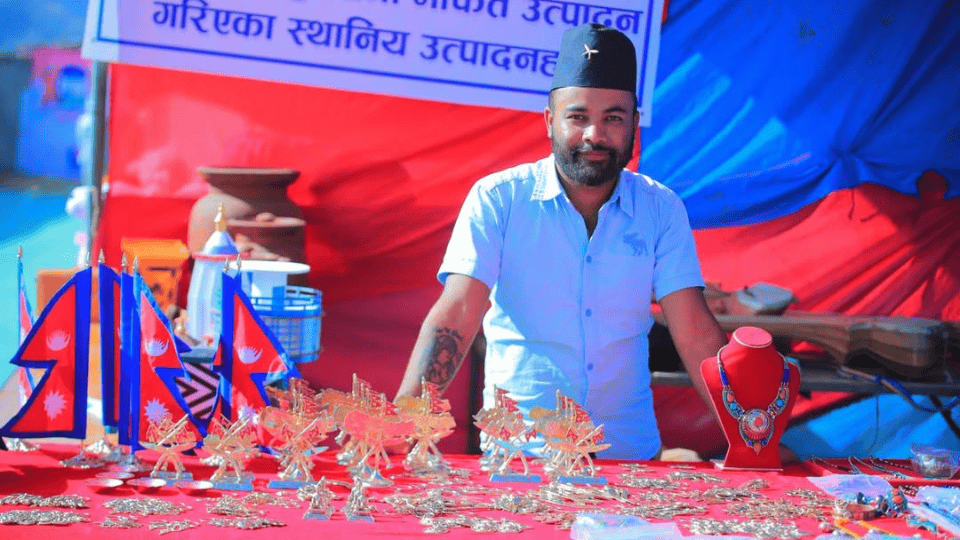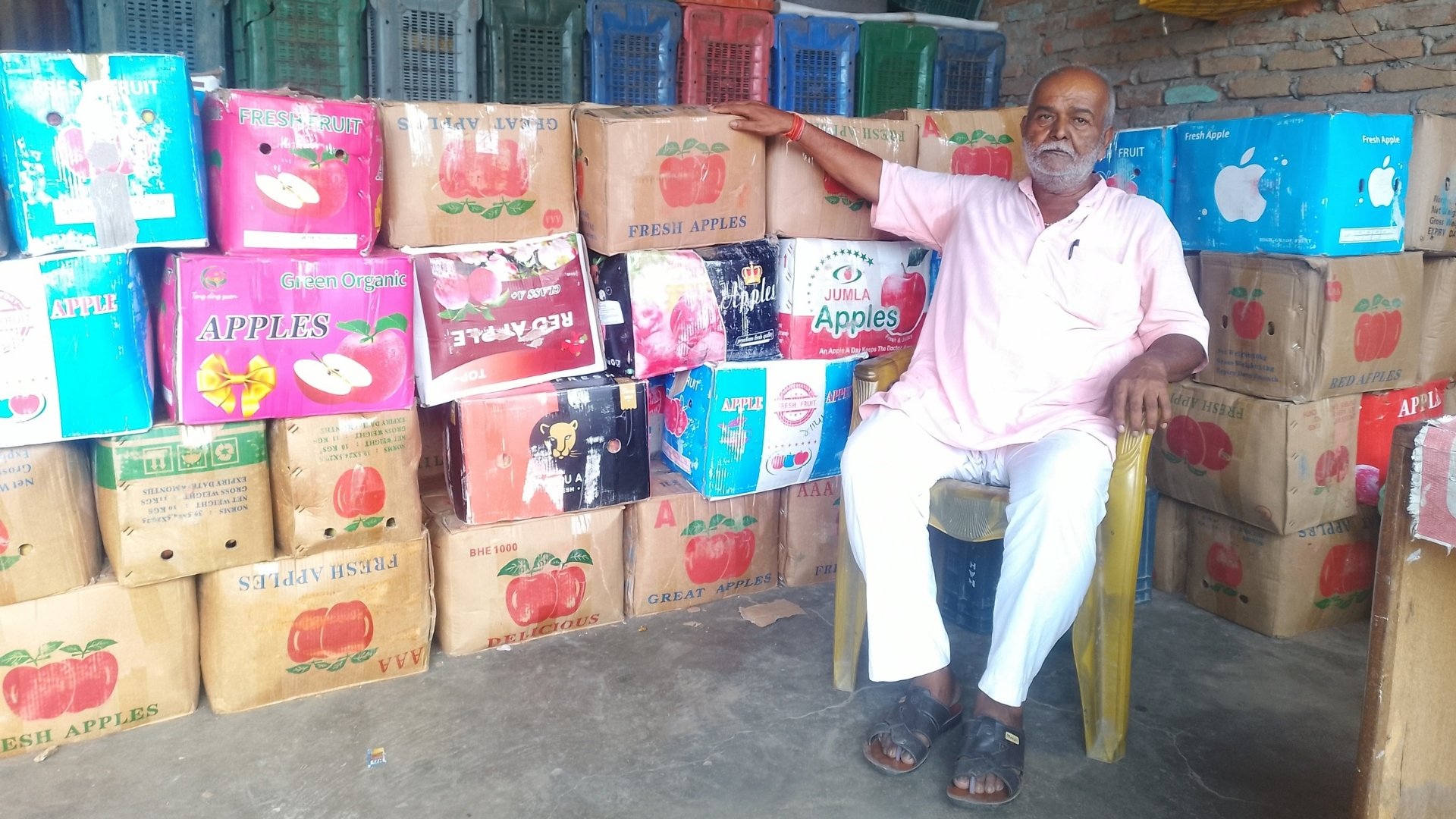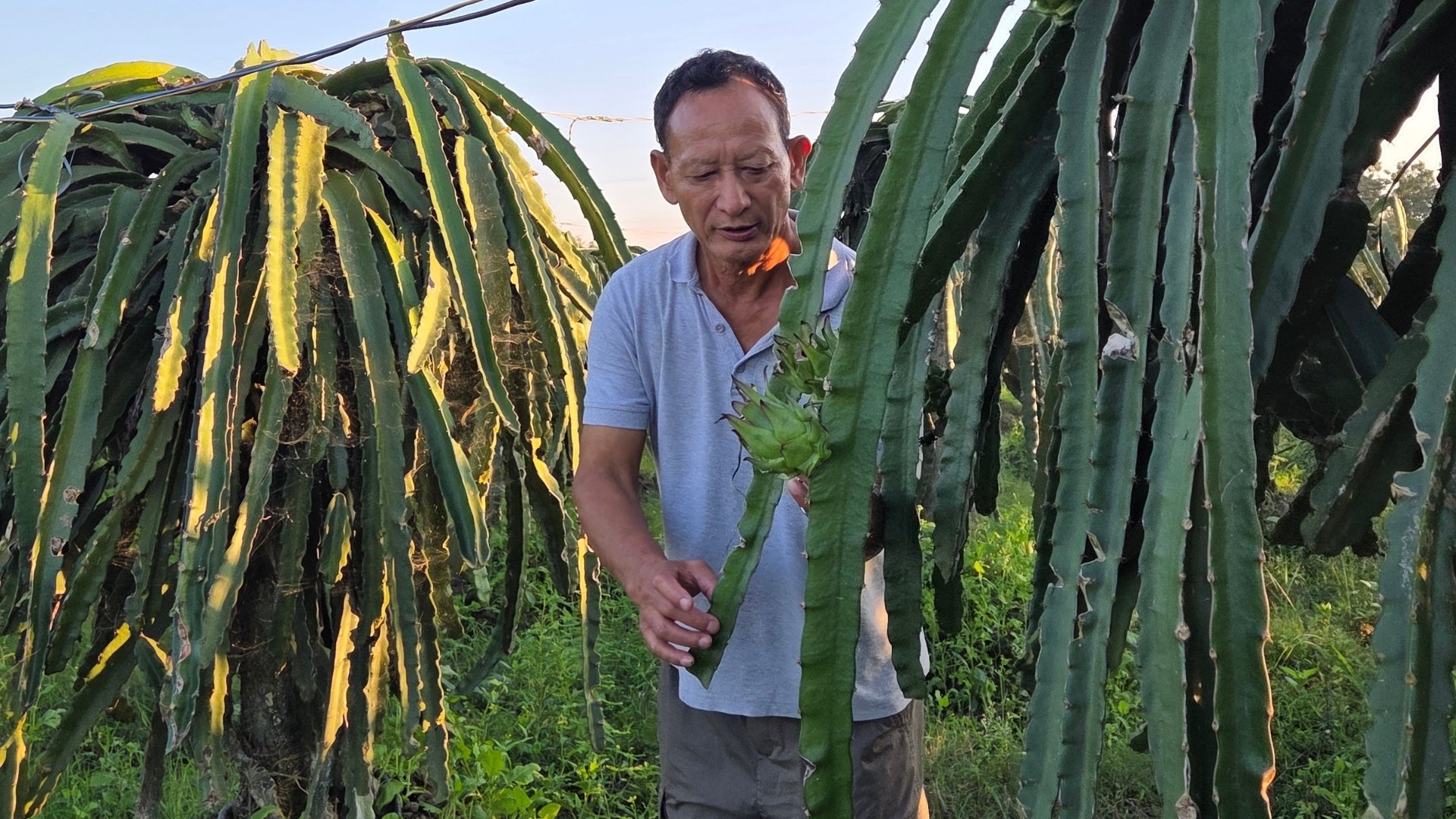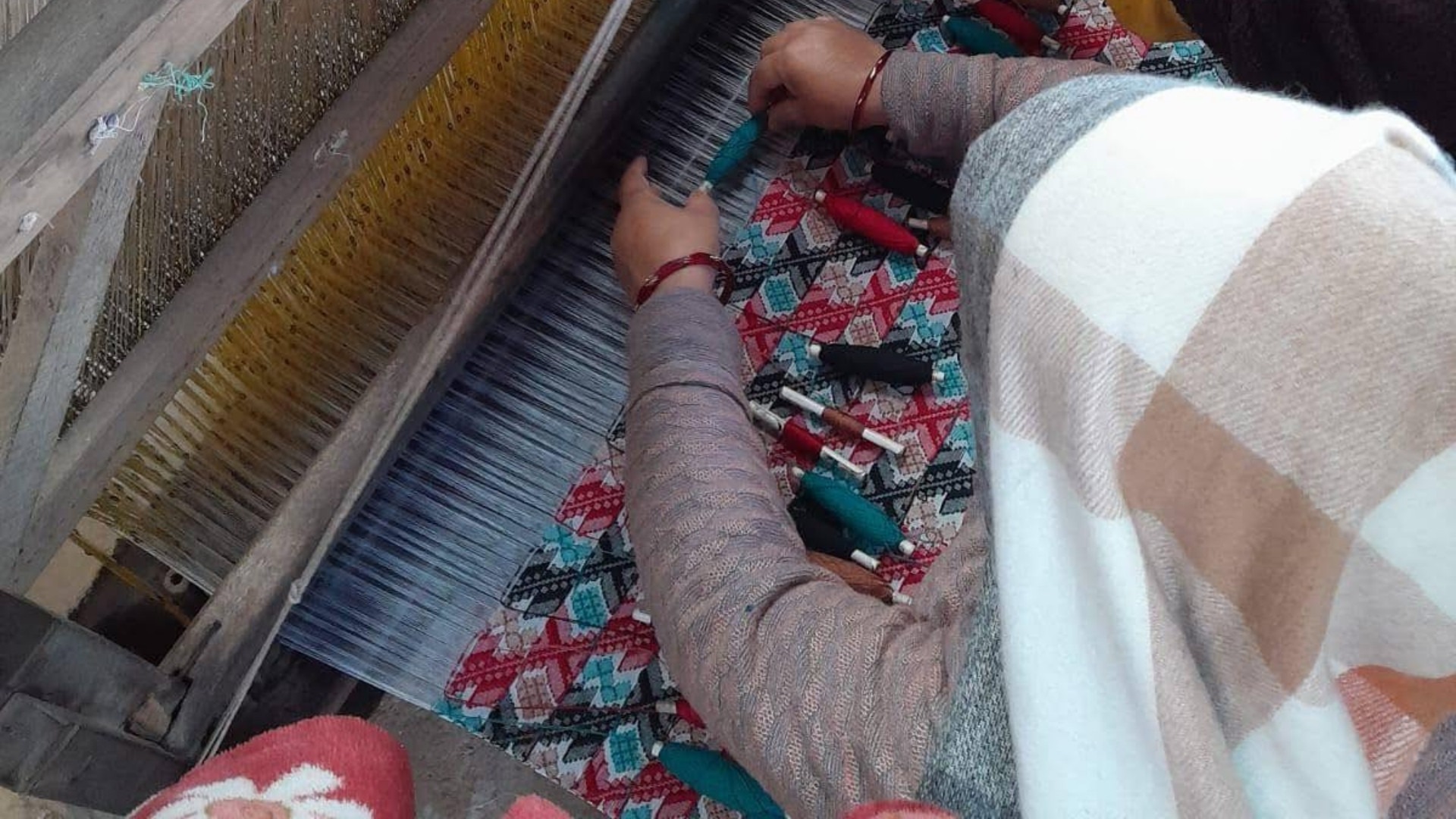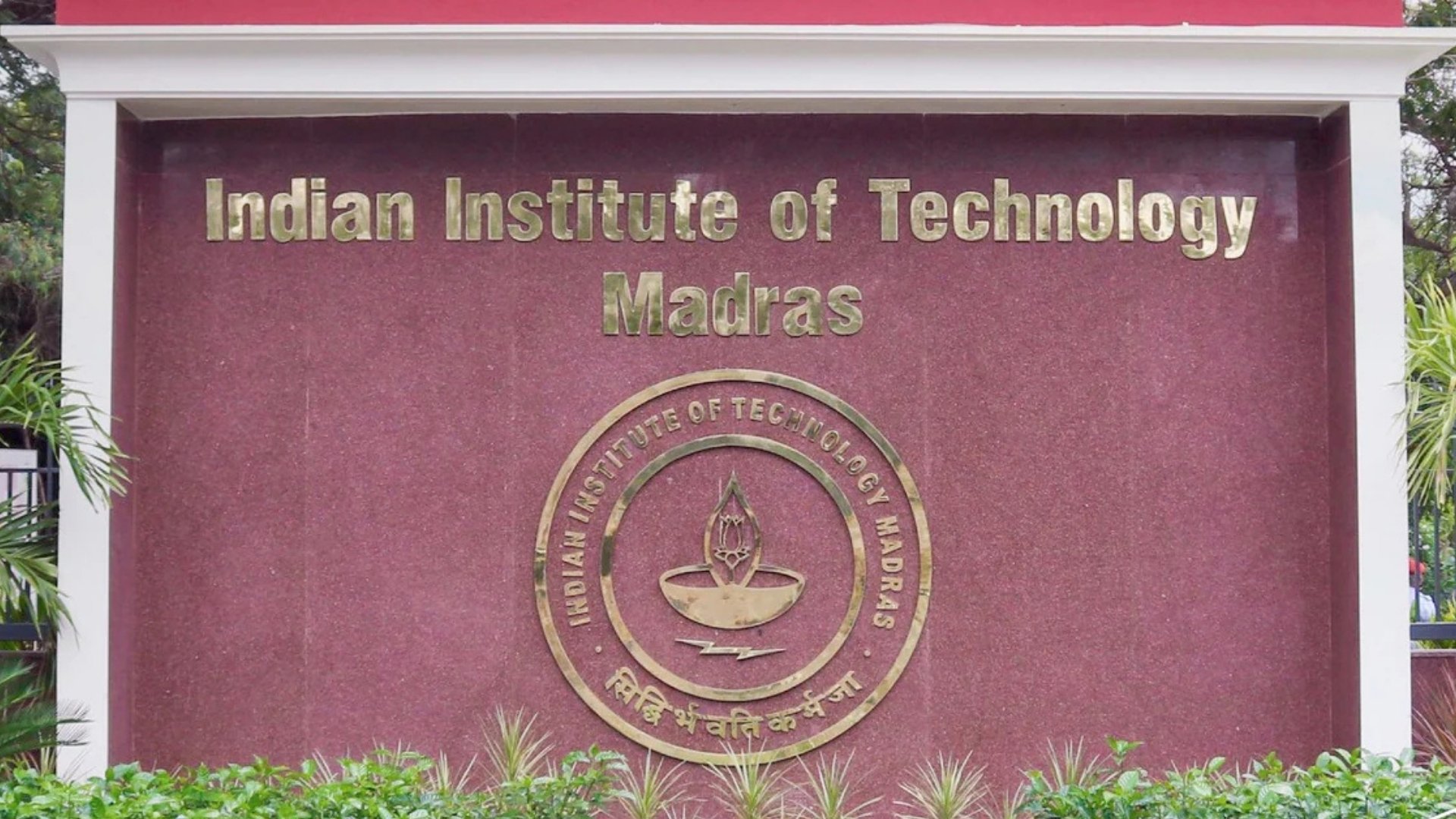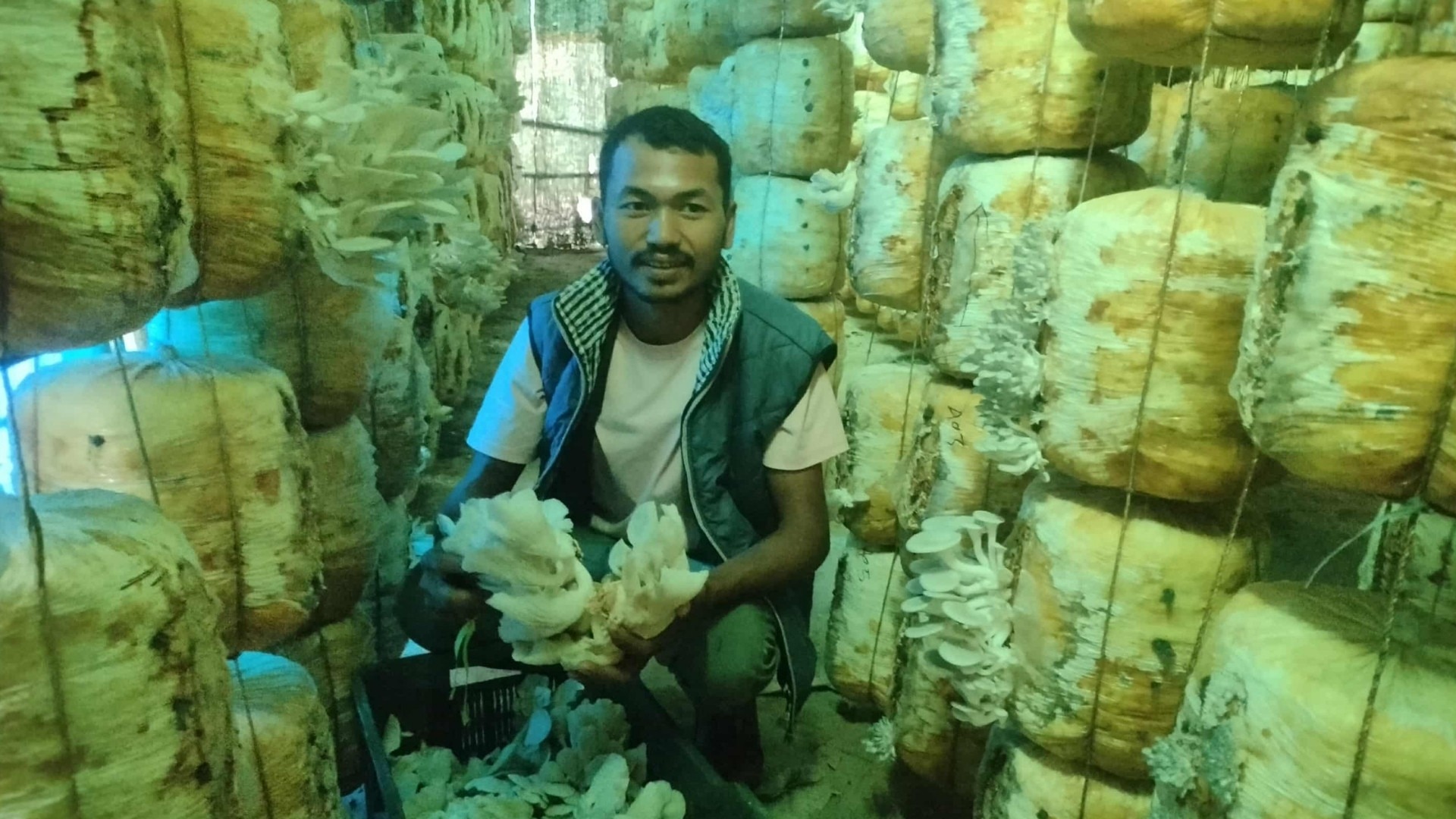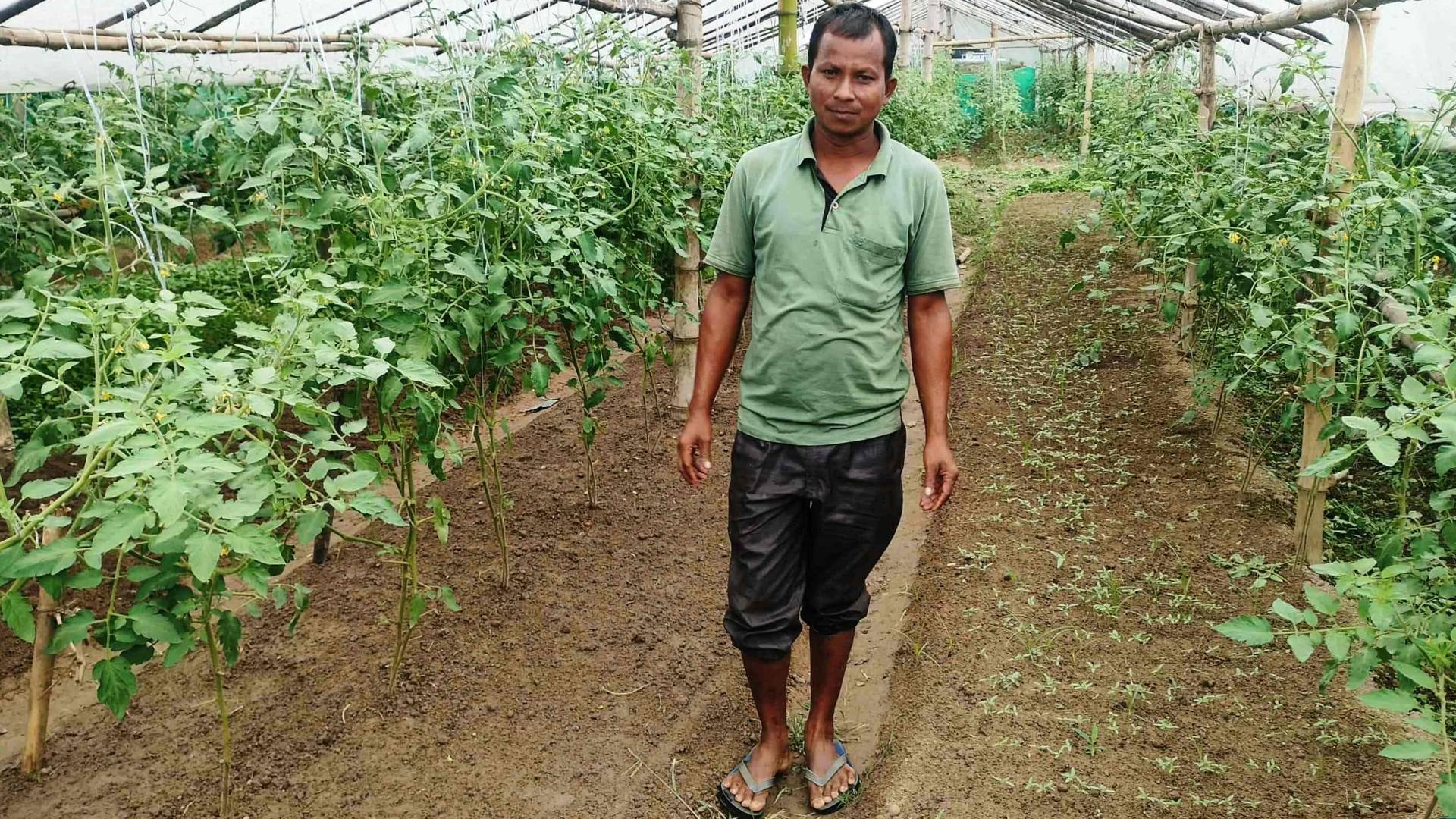Gandaki Province has produced oranges worth Rs 4.17 billion this year, according to preliminary data from the Directorate of Agricultural Development. The province produced 66,578 metric tons of oranges across 5,703 hectares in nine districts. Manoj Poudel, an agricultural economist at the Directorate, reported the figures, explaining that the highest production value came from Syangja, amounting to Rs 1.71 billion.
Other districts in the province saw varying production values:
- Tanahun: Rs 642 million
- Gorkha: Rs 402 million
- Parbat: Rs 383.6 million
- Myagdi: Rs 342.1 million
- Baglung: Rs 264.6 million
- Kaski: Rs 259.6 million
- Nawalpur: Rs 133.9 million
- Lamjung: Rs 30 million
The area under cultivation also varies, with Syangja leading with 1,950 hectares, followed by Tanahun (968 hectares) and Gorkha (746 hectares). Overall, orange production has increased by 11% compared to two years ago, rising from 50,850 metric tons to 66,578 metric tons this year.
The total area dedicated to orange cultivation in Gandaki Province spans 8,516 hectares, excluding Mustang and Manang where orange farming is not practiced. Syangja accounts for the largest share of production.
Poudel mentioned that the value of the total production is based on an average price of Rs 67 per kilogram. While initial prices may be lower, those who maintain the plants and use cold storage for later sale often see increased prices.
The average price also varies across districts, though the Directorate notes that the final price after sales from farm to market isn’t fully accounted for. Orange production in the province continues to rise due to factors such as new trees starting to bear fruit, the expansion of cultivated areas, and better management practices in gardens.
Challenges persist for farmers, however, including pest infestations, the need for grafted plants, garden management issues, difficulties in harvesting, safe storage, and transportation. Diseases that cause plants to wither and leafhoppers have also harmed production.
To address these challenges, the province has implemented programs like the Orange ‘Super Zone,’ ‘Zone,’ ‘Pocket,’ and ‘Block’ initiatives to expand and commercialize orange farming. These programs cover areas in Baglung, Parbat, Myagdi, and Syangja, with Syangja being the focal point for the ‘Super Zone’ program.
Prominent farming areas include villages in Syangja such as Karendanda, Jaisidanda, and Rankhola, along with Bihun and Sigana in Baglung, and Bansakharka and Salija in Myagdi. These regions supply both local markets like Pokhara and urban areas, including Kathmandu and Narayangadh.
Mekh Bahadur Khatri, a leading farmer from Bansakharka, reported that the area produced oranges worth Rs 184.4 million alone where the farmed area spans 1,500 ropanis of land, with 26,700 fruit-bearing trees and 24,445 growing. He projects that production could double to Rs 400 million in the coming years once all the trees are mature.
Other notable farmers include Jat Bahadur Khatri, who produces oranges worth Rs 3.5 million annually on 25 ropanis of land, and Shanta Bahadur Chhintel, whose farm generates Rs 2.3 million. The increase in commercial orange farming has notably raised the living standards of farmers in the area.
“Commercial orange farming has significantly improved the living standards of farmers in Bansakharka. Some farmers are earning between Rs 500,000 and Rs 4,000,000 annually from orange sales,” said Mekh Bahadur Khatri, a leading farmer. He mentioned that oranges from Bansakharka are exported to Pokhara, Muglin, Narayangadh, Kathmandu, and other locations.
According to Khatri, orange farming is widespread in most areas of Bansakharka, except for Malgaun in Jaljala-1 and a few areas in Ghumaaune Taal. He recalled that orange trees were first seen in Bazaarmaarey and Birmaarey around 1997/98 BS, and farming has steadily expanded since then. Local farmers note that orange farming in Bansakharka began after the Agricultural Development Bank started offering loans to farmers in 2028 BS.
Farmers in Bansakharka began commercial orange farming in the early 1990s (2052/53 BS) after road access to Pokhara improved. Today, most of the farmers in Bansakharka are dedicated to orange cultivation, with around 239 households involved in farming.
The Provincial Government of Gandaki has supported orange farming expansion by introducing plans to offer up to a 50% subsidy for skill and technology transfers to farmers, according to Agriculture Minister Padyama GC Shrestha.


